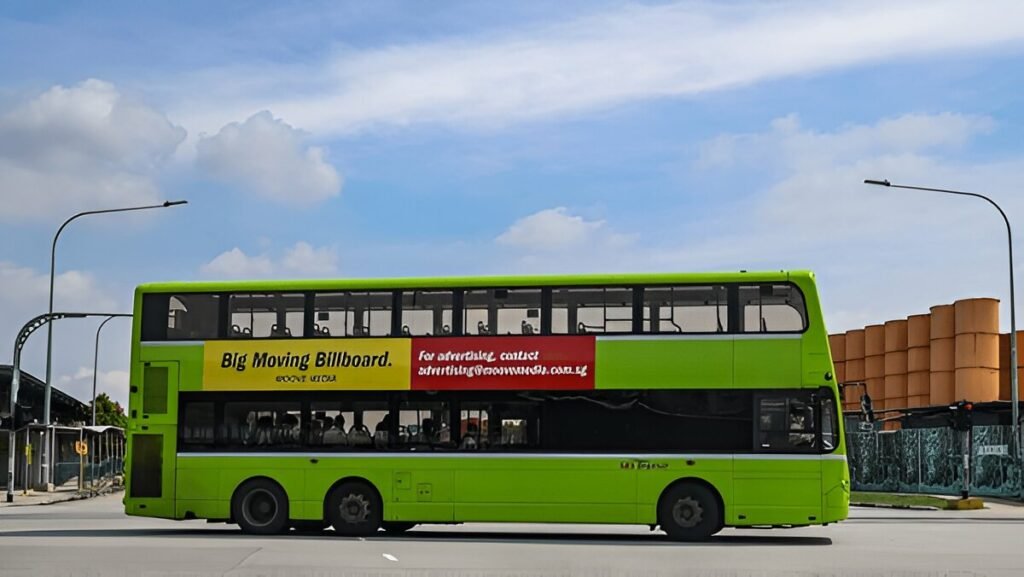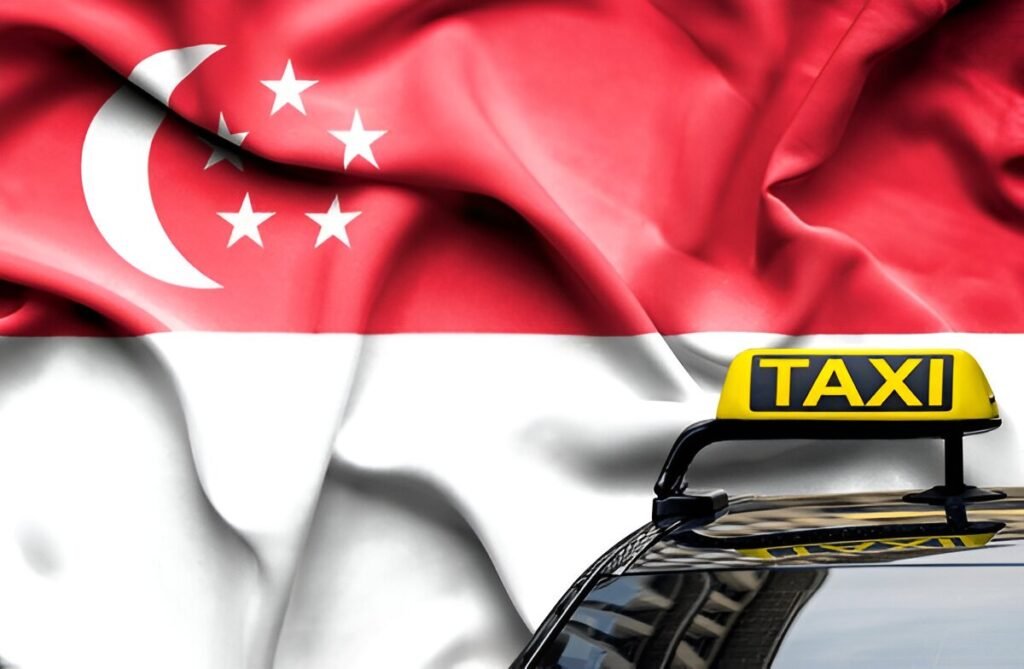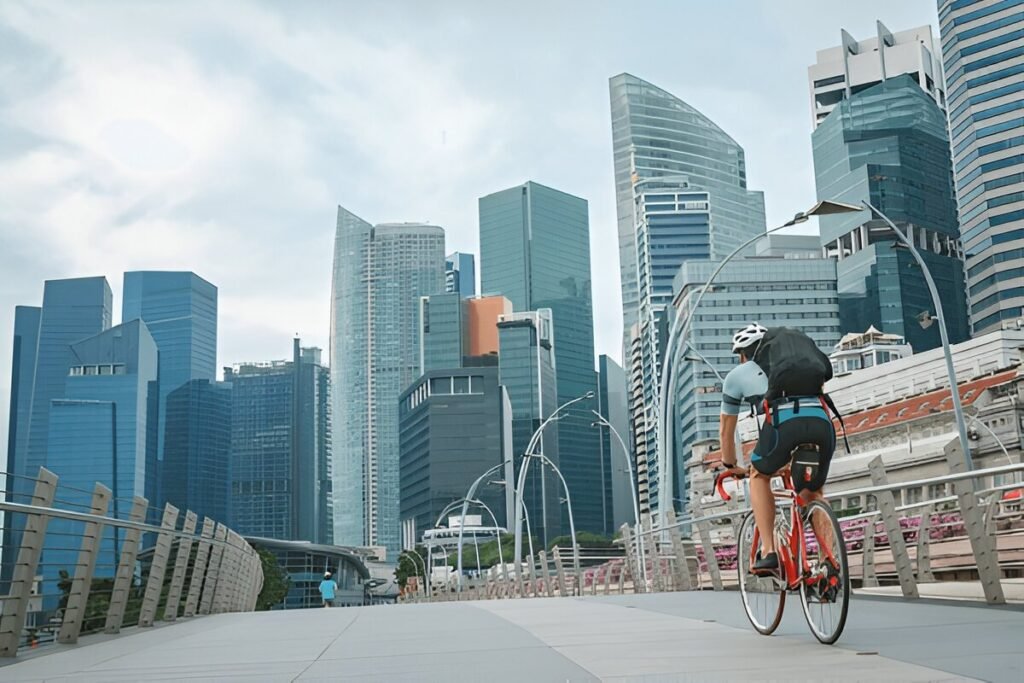Introduction
Singapore boasts one of the most efficient, affordable, and well-connected public transport systems in the world. Whether you’re a tourist or a local, mastering the network of MRT trains, buses, and taxis can make commuting around the city-state a breeze. This guide will help you navigate Singapore’s public transport like a pro, ensuring a smooth, hassle-free experience.
Understanding Singapore’s Public Transport System

Singapore’s public transport consists of three main modes:
- Mass Rapid Transit (MRT) – The backbone of Singapore’s public transport system, the MRT is fast, clean, and reliable.
- Bus Services – Extensive and affordable, buses cover areas not serviced by the MRT.
- Taxis and Ride-Hailing Services – While more expensive, these offer convenience, especially during late hours.
Benefits of Public Transport in Singapore
- Cost-Effective: Public transport is significantly cheaper than owning a car.
- Eco-Friendly: Taking the MRT or bus helps reduce carbon emissions.
- Convenient: With frequent services and extensive routes, you can get anywhere with ease.
- Safe and Reliable: Singapore’s transport system is known for its punctuality and security.
- Accessibility: The system is designed to accommodate individuals with mobility issues, with barrier-free access at MRT stations and low-floor buses.
The MRT: Fast and Reliable Travel
Understanding the MRT Lines
Singapore’s MRT network is extensive, with several lines covering the island:
- North-South Line (Red Line) – Connects the northern and central parts of Singapore.
- East-West Line (Green Line) – Links the east and west of the country.
- Downtown Line (Blue Line) – Provides access to key business districts.
- Circle Line (Orange Line) – Forms a loop around the city.
- Thomson-East Coast Line (Brown Line) – Expands connectivity in the eastern region.
- North-East Line (Purple Line) – Connects central and northeastern areas.
- Jurong Region Line (Upcoming) – Expected to enhance connectivity to the western part of Singapore.
- Cross Island Line (Upcoming) – Will link major hubs across the island.
Tips for Using the MRT
- Purchase an EZ-Link Card or Singapore Tourist Pass for seamless travel.
- Avoid peak hours (7:30 AM – 9:30 AM, 5:30 PM – 7:30 PM) to escape crowds.
- Follow signage and announcements for smooth navigation.
- Use apps like Moovit or Google Maps to plan your route.
- Be mindful of station exits, as some locations have multiple exits that lead to different streets.
- MRT stations are well connected to bus interchanges, making transfers between modes easy.
The Bus System: Affordable and Extensive

Why Choose the Bus?
Buses in Singapore complement the MRT by reaching areas not covered by trains. They are also a scenic way to explore the city.
How to Ride a Bus in Singapore
- Check bus routes and timings using apps like SGBuses.
- Board from the front and tap your EZ-Link Card or pay in exact change.
- Press the stop button before your destination to alert the driver.
- Alight from the rear door for smooth flow of passengers.
- Some buses have digital screens displaying upcoming stops, making it easier to navigate.
- Several buses are wheelchair accessible, with designated spaces for passengers with mobility challenges.
Special Bus Services
- Night Rider Buses: Operate late at night for passengers who need transport after MRT hours.
- Express Buses: Fewer stops for faster travel.
- Premium Bus Services: More comfortable and offer direct routes to business districts.
- Feeder Buses: Short routes designed to connect MRT stations to residential areas.
Taxis and Ride-Hailing: When You Need Extra Comfort

Taxi Services in Singapore
Singapore has a fleet of taxis that are metered and can be flagged down or booked via apps like ComfortDelGro and GrabTaxi.
Ride-Hailing Apps
For a more personalized experience, use apps like:
- Grab (Most popular ride-hailing app in Singapore).
- Gojek (Competitive pricing).
- Ryde (Carpooling and private hire options).
- TADA (Zero-commission ride-hailing service).
Taxi and Ride-Hailing Tips
- Always check the fare estimate before booking.
- Opt for shared rides if you want to save money.
- Taxis charge higher rates during peak hours, so plan accordingly.
- Ensure your app location is correct to avoid delays.
- Consider using promo codes or discounts available on ride-hailing apps.
Useful Tips for Efficient Travel

Planning Your Journey
- Use MyTransport.SG for real-time travel updates.
- Keep an eye on MRT service interruptions via LTA’s Twitter updates.
- Check the fare calculator to estimate travel costs.
- Always carry a small umbrella; Singapore’s weather can be unpredictable.
- If using public transport frequently, opt for an unlimited travel pass to save money.
- Wear comfortable shoes, as walking between transport connections may be required.
Etiquette and Rules
- Give up priority seats for those in need.
- Keep noise levels low during travel.
- No food or drinks are allowed on the MRT.
- Stand on the left side of escalators to allow people to pass on the right.
- Queue in an orderly manner while waiting for transport.
- Keep your belongings close to prevent any loss or theft.
Additional Transport Options

Cycling and Bike-Sharing
Singapore promotes cycling as an alternative transport mode, with dedicated cycling paths. You can rent bikes using apps like Anywheel and SG Bike.
Walking and Pedestrian-Friendly Areas
Singapore is a walkable city with well-maintained sidewalks and pedestrian-friendly zones, making it ideal for short-distance travel.
Conclusion
Mastering Singapore’s public transport system is key to a stress-free commuting experience. With the right knowledge, smart route planning, and an EZ-Link card in hand, you can navigate the city with ease. Whether by MRT, bus, or taxi, Singapore offers one of the best public transport experiences in the world. Safe travels!












